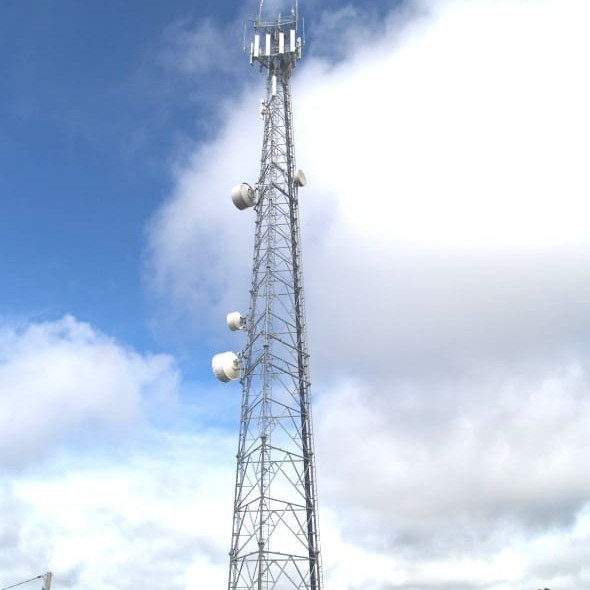 We know the world is getting faster and we want things NOW, but this is ridiculous.
We know the world is getting faster and we want things NOW, but this is ridiculous.
In 2006 a team of CSIRO scientists announced they had achieved over six gigabits per second transmission rate over a point-to-point wireless connection.
Now the team, led by Dr Jay Guo, have hit the 10 gigabits per second mark.
For the people who know about “Software-Defined Radio (SDR) techniques in the microwave bands” and other such technical talk, this is big stuff.
Apparently multi-gigabit links operate at speeds that are way beyond what most of us are used to. At six gigabits you could have the entire works of Shakespeare sent to your inbox in under seven thousandths of a second. A full DVD movie? Six seconds.
CSIRO says one of the main uses for this technology is to create high-speed links over long distances where it is very expensive to lay optical fibre, such as areas with sparse populations or difficult terrain. Rural Australia, for example.
“The technology offers the means to achieve multi-gigabit-per-second links with high flexibility at low cost,” the director of CSIRO’s ICT centre, Dr Ian Oppermann said. “It will also be valuable for creating links to meet short-term needs, such as emergencies.”
“The 10 Gbit/s symmetric data rate is a major advance on what is currently available in the market.”
Right – time for some technical talk: CSIRO’s point-to-point technology employs SDR technology operating in the microwave bands.
Thanks to CSIRO-patented advances, the technology operates in a wide contiguous spectral band or across a number of discontinuous spectral bands, with extremely high spectral efficiency, even in the presence of near-neighbour channels from other users, over a (tower to tower) range of up to 50km. When combined with higher-layer data compression techniques, it will deliver even higher data rates.
A bit more: The rapid growth of broadband and media-rich mobile applications has created high demand for multi-gigabit-per-second microwave backhaul systems, connecting wireless base stations back into the core of the telecommunications network.
So what does that mean for the general public? It provides a cost-effective means to deliver broadband services to rural and remote regions, CSIRO says.



HAVE YOUR SAY